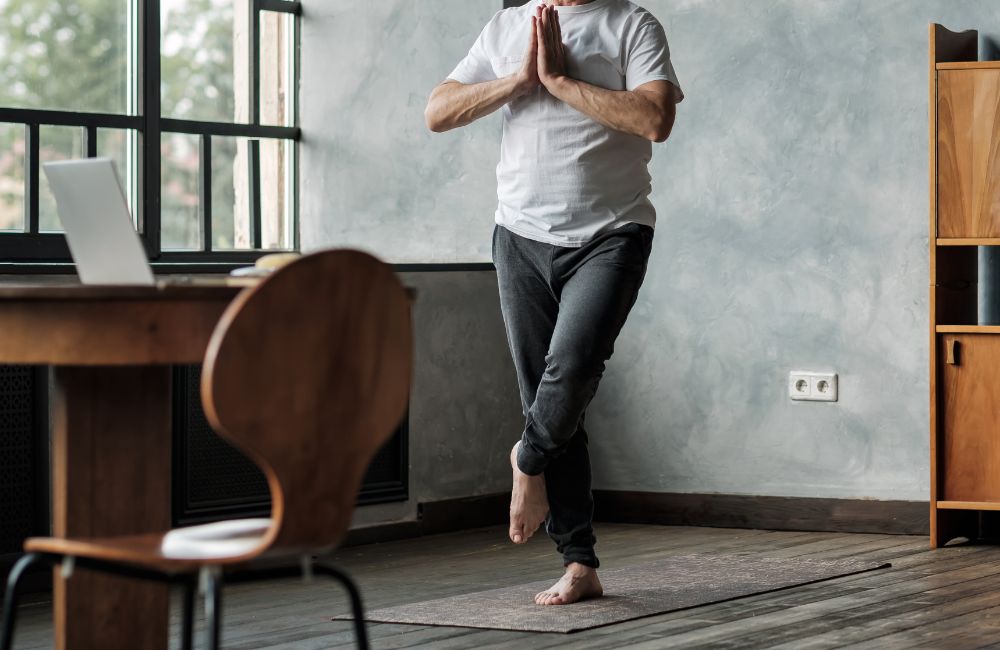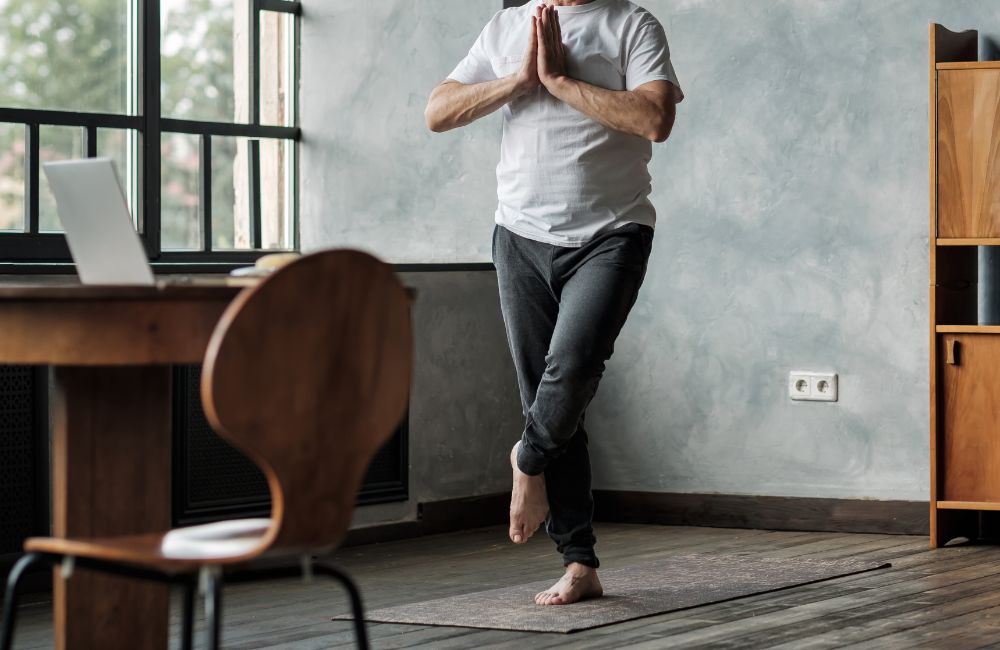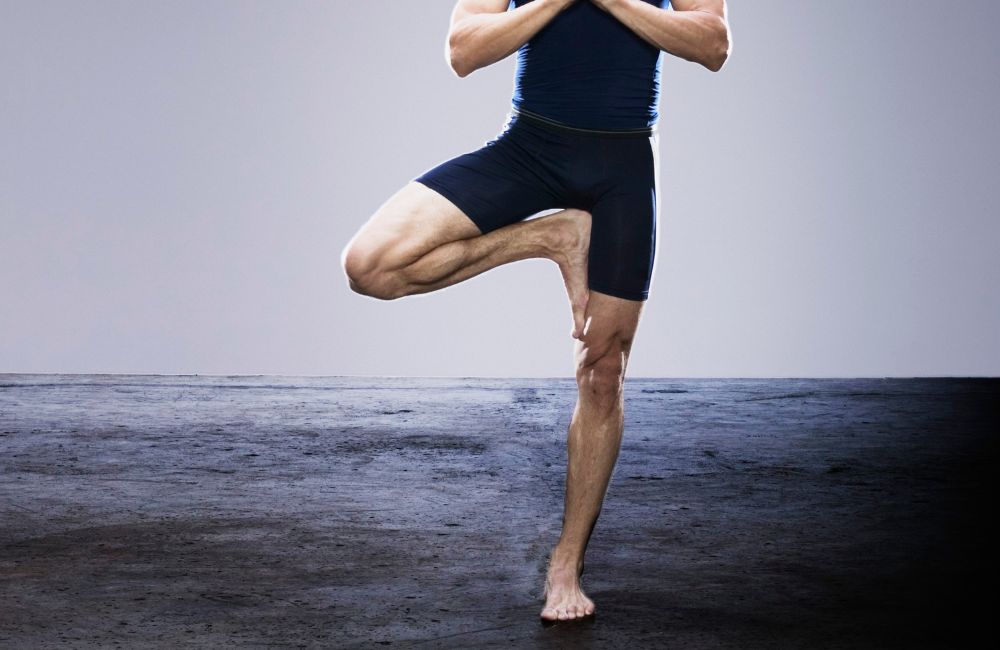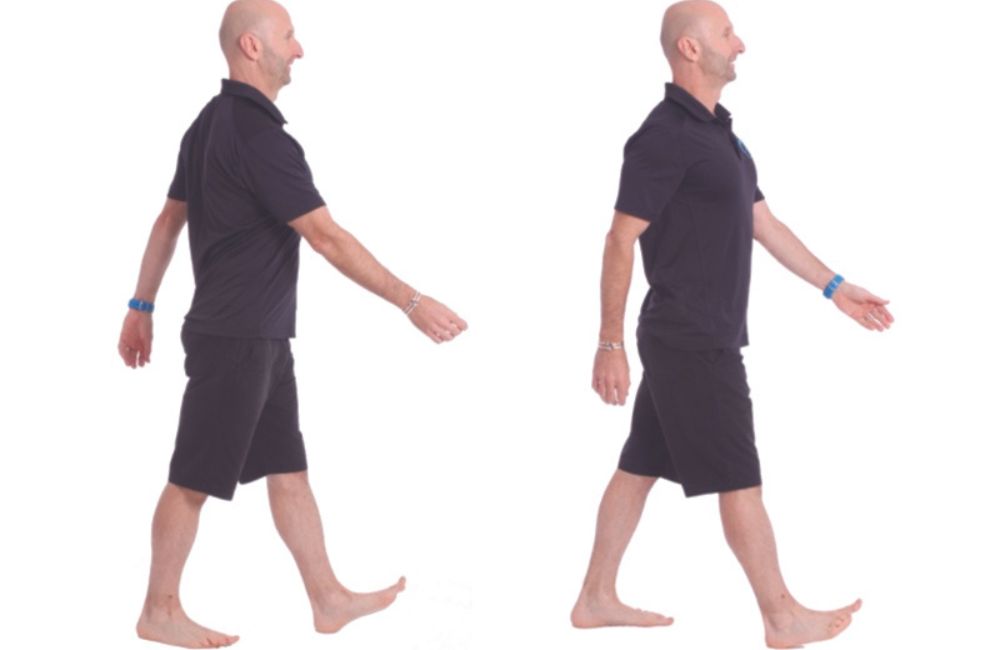
Whether you can stand on one leg for 10 seconds is linked with almost double the risk of dying early.
As a matter of fact, a recent study shows that the inability to pass the test indicates a risk of dying within the next 10 years.
Here is the scoop.
Araujo et al. recently published a study examining the single leg stand test as it relates to life expectancy.
Specifically, the researchers collected data from over 1700 individuals of different sexes, ages, and other characteristics.
The researchers compiled data from 2008-2020 on the simple question of whether or not study participants could balance on one leg for 10 seconds or longer.
The results of this study were shocking. Those participants who were able to balance on one leg for at least ten seconds tended to live longer than those who could not pass the test.
These results were independent of any differentiating factors, as outlined previously.
You may also like:
Want to Age Well? Do these 5 Stretches Every Day, Says Expert
Over 60? Do These 5 Hip-Strengthening Exercises To Prevent Injury
What Do the Results of this Study Mean for Medicine?

Longevity has been a hot topic in medicine for centuries.
Because of these compelling findings, implementing routine balance tests for middle-aged and older adults may be a good idea for doctors. In addition to blood pressure screenings, etc; assessing patients’ ability to balance may become a new standard in health testing.
Furthermore, physical therapists and other healthcare providers should prescribe exercise to increase balance for patients. The better a patient’s balance is, he or she is likely to live a longer, healthier life.
What Do the Results of this Study Mean for You?
No matter what age you are, balance seems to be important. While many exercisers focus on lifting heavy weights and performing cardio, participating in balance training may improve longevity.
If you’re wondering how you can get started with balance training, check out the following exercise recommendations.
Initial Balance Exercises
Be sure to practice good safety measures when performing these balance exercises. For example, you should complete these exercises near a wall or steady surface.
Alternatively, or in addition to being near a wall, you may want to have a friend or family member nearby in case you lose your balance and fall.
1. Tree Pose

This is a classic yoga move that focuses on single-leg balance. When performing this exercise, pretend you are a tree, standing tall in the forest!
How to Perform
- Stand on your left leg.
- Place the sole of your right foot on the inside of your left calf.
- Hold this pose for 10-30 seconds.
- Repeat 10 times on both legs, once per day.
2. Tandem Balance

Many physical therapists will use the tandem stance as both an exercise and an assessment technique. This pose narrows your base of support and forces you to practice good balance techniques.
How to Perform
- Stand with your right foot directly in front of your left, as if you are walking on a tightrope.
- Hold this position for 10-30 seconds.
- Repeat 10 times with your right leg forward and left leg forward, once per day.
3. Slow Marches
Slow marches offer a dynamic solution to balance training. This move forces you to constantly reestablish your balance as you are moving your legs.

How to Perform
- In standing, cross your arms over your chest.
- Begin marching in place slowly, raising one knee to your chest, returning it to the ground, and repeating on the other side.
- Repeat this pattern for 30 marches per side, once per day.
Conclusion
Balance is an often overlooked component of health and fitness. By focusing on your single leg and dynamic balance, new research indicates that you may extend your life significantly.
As with any exercise routine, be sure to talk to your doctor about any questions or concerns you have before trying these moves.
Works Cited.
- Araujo CG, de Souza e Silva CG, Laukkanen JA, et alSuccessful 10-second one-legged stance performance predicts survival in middle-aged and older individualsBritish Journal of Sports Medicine 2022;56:975-980.


